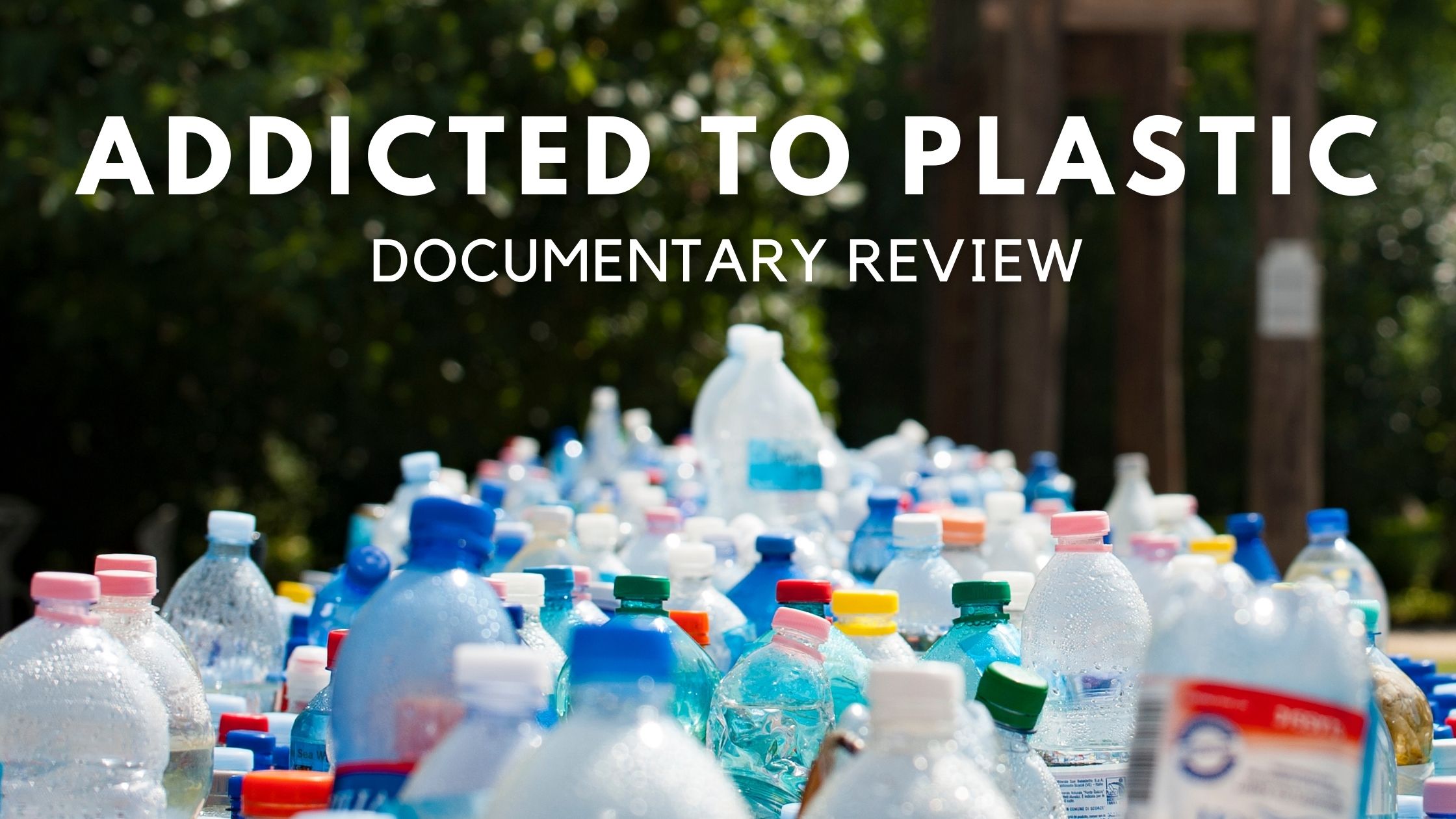


“The Roman empire may have been defeated by lead in their water pipes. I learned that we too might be risking future generations with the cheapest, strongest, most ubiquitous material ever invented. Plastic might be quietly poisoning us” – Ian Connacher. This is a great opening to a great documentary on plastic. Even though it was released in 2008, five years later it is still relevant.
I recently watched a documentary by Ian Connacher called Addicted to Plastic. This was a captivating journey over two years where Ian got to see the plastic that has collected all over the world in many remote locations. And throughout the film, you not only get to see the waste, but the beauty behind what the wasted plastic can become, and the jaded views of one of the marketing agents in the plastic industry.
In the beginning he lists all the things we use today made from plastic. Did you know polyester, rayon and foam are a type of plastic? There were so many things on the list that I never even realized were a form of plastic, and therefore, cannot be decomposed for thousands of years or longer. It seems almost everything we touch in our day to day lives is one form of plastic or another.
Did you also know that no organism can degrade plastic? The first place he visits is the Eastern Garbage Patch that is smack in the middle of the Pacific Ocean. He shows how this area of our water has become, what he calls garbage soup, and is just a floating island of plastic. Well, maybe not that bad, but dirty enough that even Greenpeace has come out there to work on the Eastern Garbage Patch.
What makes up a large percentage of this plastic floating around in our ocean? It isn’t what you’d think. It is something called nurdles which are little plastic beads. These plastic beads are what form plastic is in the beginning stages of becoming something else. These plastic beads are eaten by most animal forms in the ocean and are taking up the water ten times more than organic food for the sea creatures.
Dr. Jan van Franeker completes aviary autopsies to see the stomach contents of dead local birds. He studies this to see the impact of environmental changes and marine waste. You see, a fish can eat a small piece of plastic or a nurdle. The bird eats the fish, digests the fish, but not the plastic. This can then get lodged inside the bird's stomach or intestine. It is amazing how much plastic can be found inside a single bird.
In Tokyo Japan, Ian learns of the studies of Dr. Hideshige Takada. Dr. Takada studies the chemicals absorbed into the nurdles and has found that there are thousands more chemicals existing on each nurdle. These small little plastic beads become poison pills, killing most things that ingest them. The poison infects everything from sea life, animals consuming the sea life such as birds, to people who are eating the seafood. Doesn’t make that tuna steak seem so appealing now.
 There are places in the world that are doing something positive with plastic.
There are places in the world that are doing something positive with plastic.
That’s a lot of good impact in the world of plastic. But what else can we do? One person stated that we are the problem and we should provide the solution. We are already trying to recycle just about every piece of plastic that exists, but there is still a lot more pollution than is getting recycled. And what about all the chemicals in plastic, such as BPA, that can make you sick?
There is a lot of research in making better plastics today. From completely compostable or water-soluble plastic alternatives to bioplastics to Dr. Walkter Kaminsky’s process of pyrolysis that turns plastic back into oil. We are working ever so hard to create a world where plastic is no longer clogging up our world, but doing what it was originally intended for; helping us advance into the future. Can we live without plastic? Probably not very well, but we can do things to reduce or eliminate our waste and create a better world in the end. “It’s time to rethink our relationship to synthetic materials” – Ian Connacher
